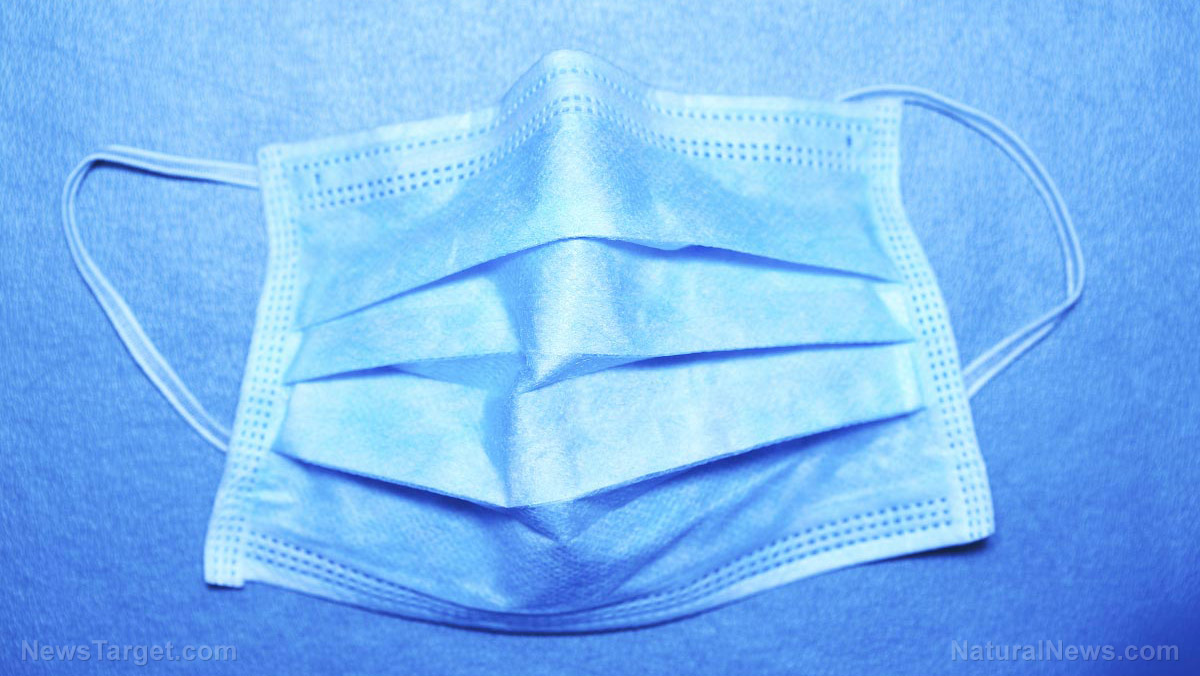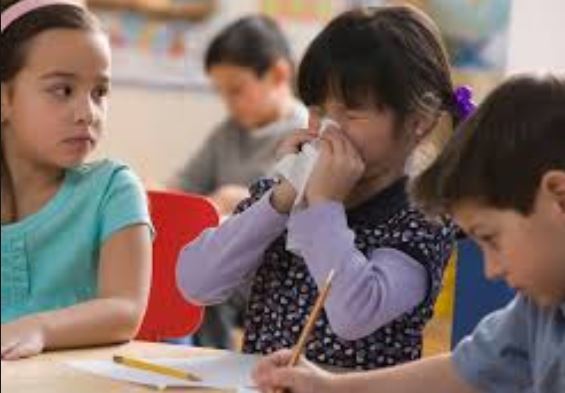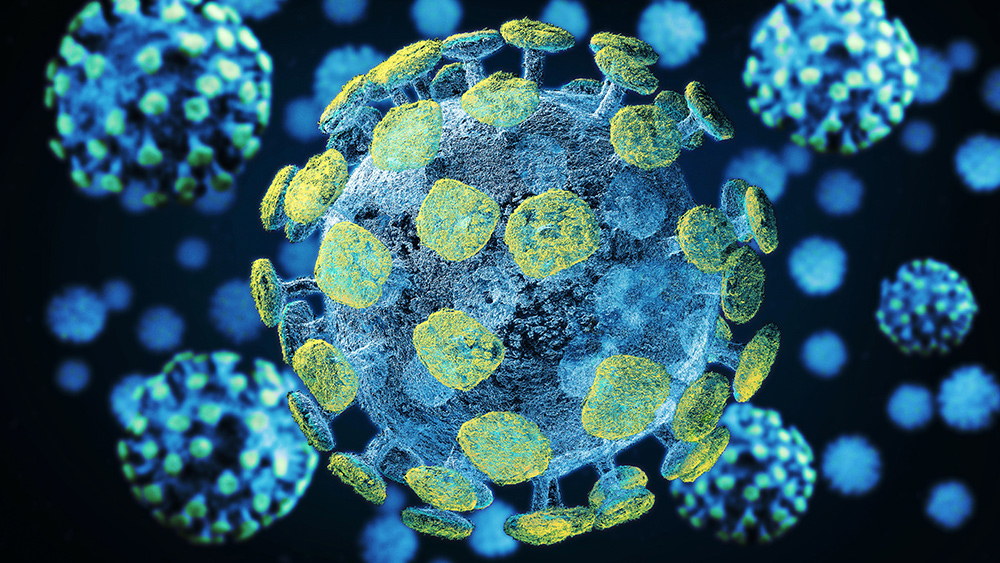Single-use face masks are a ticking time bomb of global pollution, experts warn
By divinaramirez // 2021-05-07
Tweet
Share
Copy

Single-use face masks are a ticking plastic bomb for the environment, according to a commentary published in Frontiers of Environmental Science and Engineering. Zhiyong Ren, a professor of civil and environmental engineering from Princeton University, and Elvis Xu, an environmental scientist from the University of Southern Denmark, authored the commentary.
Based on recent studies, the authors estimated that some 129 billion single-use face masks are used per month worldwide. This figure corresponds to three million masks used per minute. Most of these masks are made from plastic microfibers, typically ranging in size from five millimeters (mm) to microscopic lengths.
There have been increasing reports as well of the inappropriate disposal of soiled face masks. The authors said it is urgent to recognize single-use face masks as a potential environmental threat to prevent them from becoming the next big plastic problem.
Face masks could be worse than plastic bottles
More than 300 million tons of plastic were being produced worldwide per year before the pandemic. However, recent estimates show that face masks are now being produced worldwide at an unprecedented rate, with China leading the way. In fact, China, now the world's largest face mask producer, increased its face mask production by a factor of 10 last March to meet the surge in demand. That put the production of single-use face masks on a similar scale as plastic bottles. (Related: Plastic BAN List highlights the 9 top sources of plastic pollution.) But unlike plastic bottles, single-use masks can neither be reused nor recycled. In fact, 25 percent of all bottles produced are recycled thanks to official guidance from local and national governments. On the other hand, there is no official guidance for the recycling of masks. So it's not surprising that most soiled masks end up polluting both terrestrial and aquatic environments. Moreover, the masks' materials make them more likely to persist and accumulate in the environment. A single-use mask typically has three layers: a polyester outer layer, a polypropylene or polystyrene middle layer and an inner layer made of an absorbent material like cotton. Polypropylene is notorious for being one of the most problematic plastics. It is typically used to produce various plastic products, such as plastic containers, reusable water bottles, plastic furniture, medical components, luggage and even car parts. As a ubiquitous material, polypropylene is also typically found accumulating in the environment. According to Xu and Ren, masks are able to resist degradation even when subjected to heat and solar radiation in nature because of polypropylene's recalcitrant properties. They also explained that masks can generate large numbers of microscopic polypropylene particles as they become weathered in the environment. These particles can break down further into nanoplastics. Products like plastic bottles and plastic bags would take centuries to break down into micro- and nanoplastics. But since single-use face masks are already made from micro-sized plastic fibers, they may release those fibers into the environment more readily, explained Xu and Ren. The authors also pointed out that nanomasks could further compound this problem. Nanomasks are new-generation masks that use nano-sized plastic fibers to protect the wearer from inhaling pathogens. But as is the case with the standard single-use masks, these nanomasks may be another source of plastic pollution. However, Xu and Ren said they do not know how masks contribute to the large number of plastic particles detected in the environment because no data on mask degradation in nature exists. That said, it's safe to assume that, like other plastic waste, masks accumulate in nature. They may even release harmful chemicals and pathogenic microorganisms that threaten plants, animals and humans. Despite this grim outlook, Xu and Ren said there are several things that citizens, officials and scientists can do to minimize the impact of face masks on the environment. These include:- Set up mask-only trash bins for collection and disposal
- Replace disposable masks with reusable ones
- Develop biodegradable face masks
- Consider standardization, guidelines and strict implementation of waste management for mask wastes
Tweet
Share
Copy
Tagged Under:
environment pandemic plastic pollution plastics microplastics badscience badpollution coronavirus face masks masks covid-19 Coronavirus pandemic
You Might Also Like
Project Veritas blows lid on Facebook’s global censorship of “vaccine hesitancy”
By Ethan Huff // Share
Chinese flu vs. American flu: Understanding the fake pandemic
By S.D. Wells // Share
Video: Tucker Carlson blasts Fauci, WHO, media for lying about coronavirus lab leak for a year
By News Editors // Share
Recent News
Iran conducts surprise missile drills amid rising tensions with Israel
By kevinhughes // Share
Kremlin denies reports of plans to "restore Soviet influence"
By bellecarter // Share
How AI news bots are quietly reshaping public opinion
By avagrace // Share
The Unshackled Physician: A surgeon's awakening to medical tyranny
By ramontomeydw // Share











